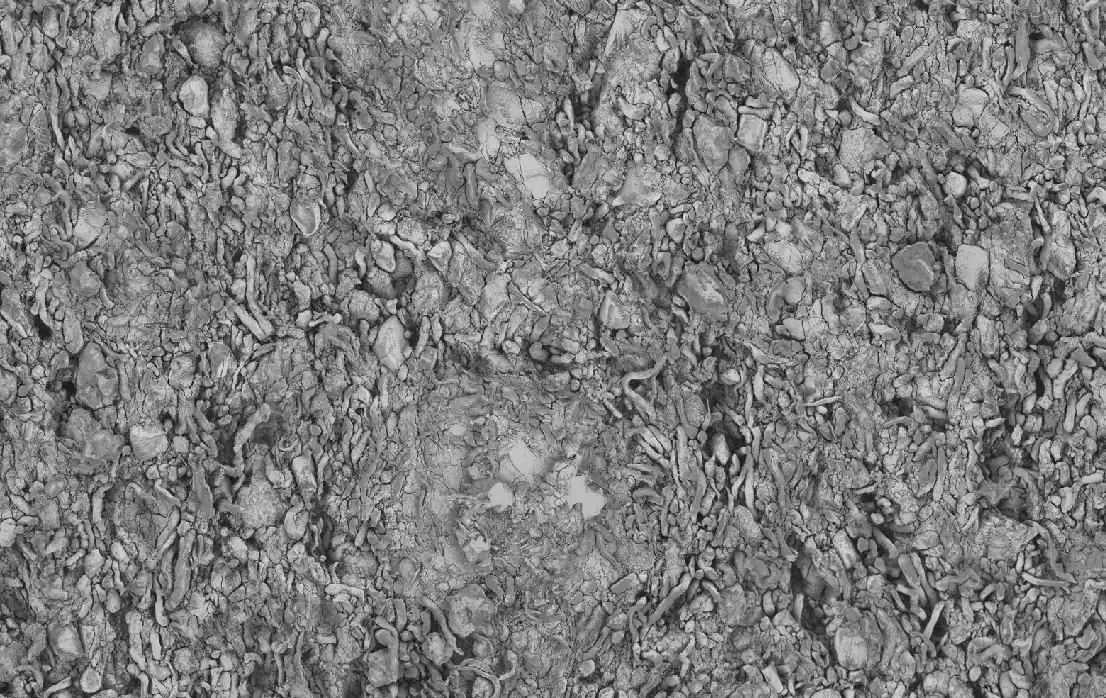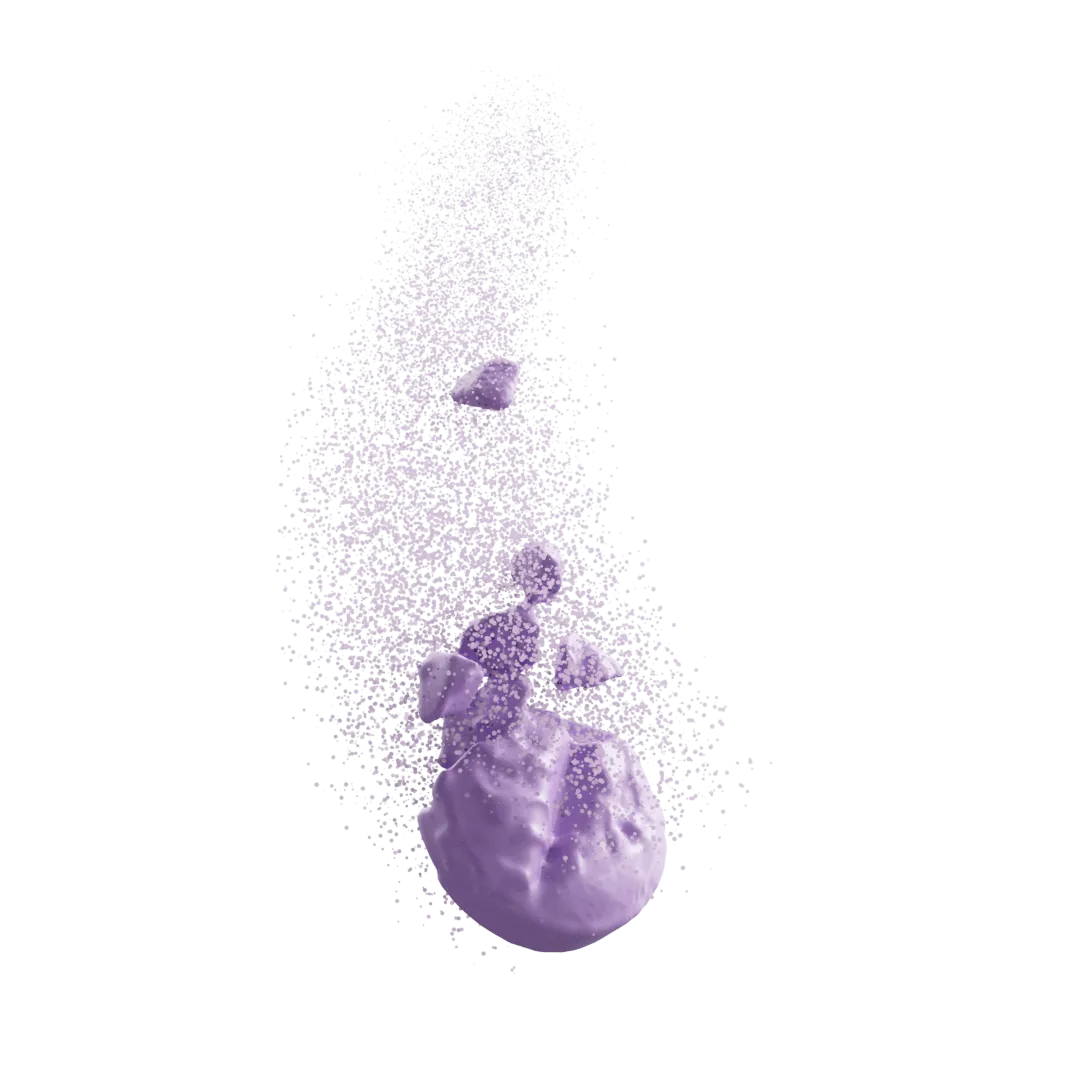Analysis of Roller Compaction for an Avicel MCC Formulation

Investigation of Quantitative X-ray Microscopy for Assessment of API and Excipient Microstructure Evolution in Solid Dosage Processing
Assessment and understanding of changes in particle size of active pharmaceutical ingredients (API) and excipients as a function of solid dosage form processing is an important but under-investigated area that can impact drug product quality. In this study, X-ray microscopy (XRM) was investigated as a method for determining the in situ particle size distribution of API agglomerates and an excipient at different processing stages in tablet manufacturing. An artificial intelligence (AI)–facilitated XRM image analysis tool was applied for quantitative analysis of thousands of individual particles, both of the API and the major filler component of the formulation, microcrystalline cellulose (MCC). Domain size distributions for API and MCC were generated along with the calculation of the porosity of each respective component. The API domain size distributions correlated with laser diffraction measurements and sieve analysis of the API, formulation blend, and granulation. The XRM analysis demonstrated that attrition of the API agglomerates occurred secondary to the granulation stage. These results were corroborated by particle size distribution and sieve potency data which showed generation of an API fines fraction. Additionally, changes in the XRM-calculated size distribution of MCC particles in subsequent processing steps were rationalized based on the known plastic deformation mechanism of MCC. The XRM data indicated that size distribution of the primary MCC particles, which make up the larger functional MCC agglomerates, is conserved across the stages of processing. The results indicate that XRM can be successfully applied as a direct, non-invasive method to track API and excipient particle properties and microstructure for in-process control samples and in the final solid dosage form. The XRM and AI image analysis methodology provides a data-rich way to interrogate the impact of processing stresses on API and excipients for enhanced process understanding and utilization for Quality by Design (QbD).

Aiden Zhu, Chen Mao, Paul E. Luner, Joshua Lomeo, Chi So, Stephanie Marchal, and Shawn Zhang
Published with Genentech
https://doi.org/10.1208/s12249-022-02271-3
Additional Publications
Transform Your Program with Microstructure Science
Get started with a drug product digital twin.















